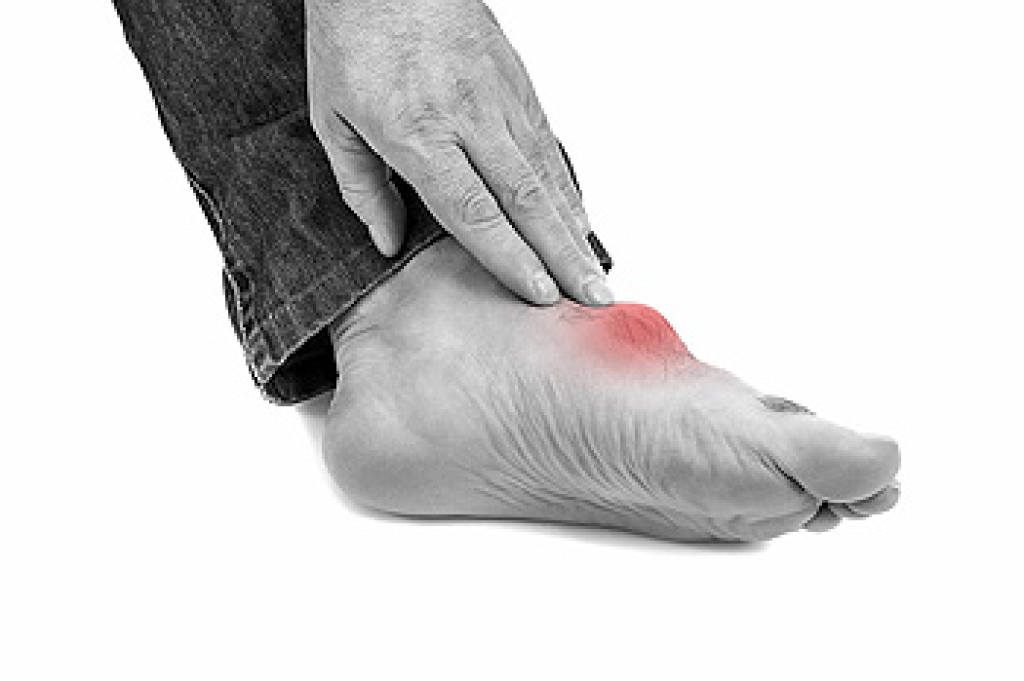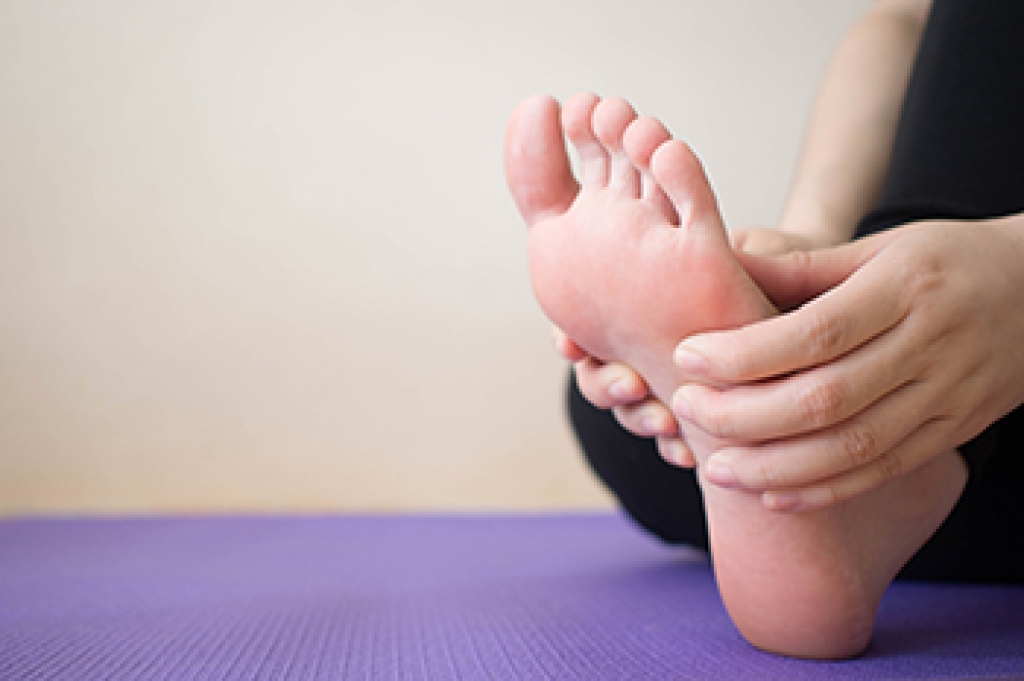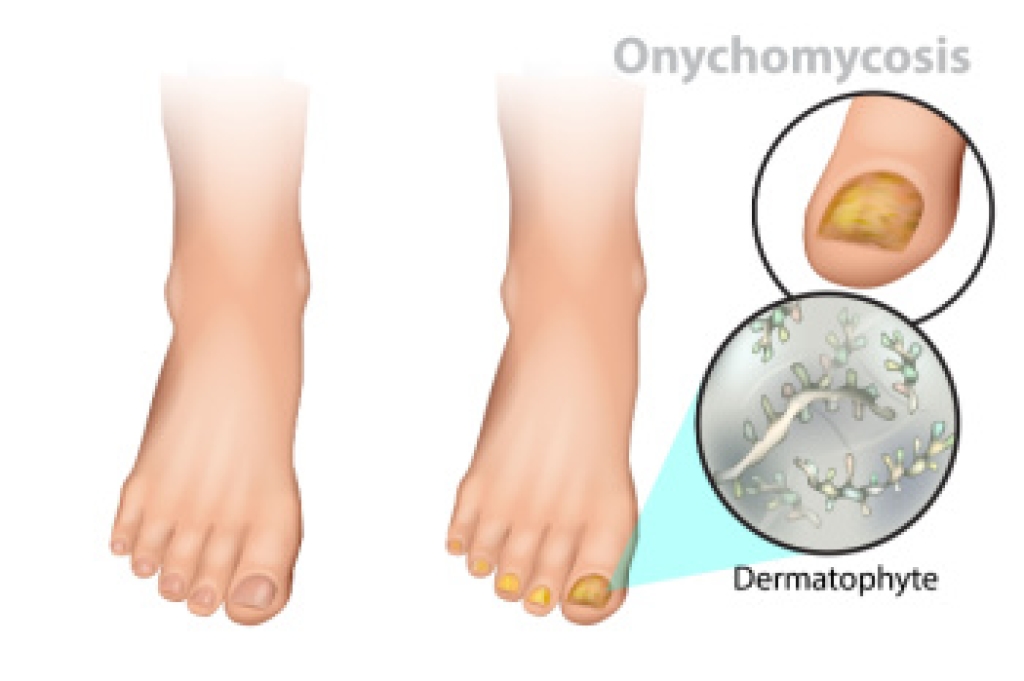
Gout is a painful form of inflammatory arthritis caused by a buildup of uric acid crystals in the joints, most commonly affecting the big toe. The pain may be so debilitating that even the weight of a sheet can cause discomfort. Several factors increase the risk of developing gout, including family history, male gender, older age, obesity, and frequent alcohol consumption. These elements can raise uric acid levels and trigger sudden attacks of severe redness, swelling, and intense joint pain. A podiatrist can diagnose gout through examination and testing, provide treatment to reduce inflammation, and offer long-term strategies to prevent future flare ups. Managing foot function and joint health is also essential for comfort and mobility. If you have symptoms of gout, it is strongly suggested that you are under the care of a podiatrist who can help you to manage this painful condition.
Gout is a foot condition that requires certain treatment and care. If you are seeking treatment, contact Daniel Bell, DPM from Florida. Our doctor will treat your foot and ankle needs.
What Is Gout?
Gout is a type of arthritis caused by a buildup of uric acid in the bloodstream. It often develops in the foot, especially the big toe area, although it can manifest in other parts of the body as well. Gout can make walking and standing very painful and is especially common in diabetics and the obese.
People typically get gout because of a poor diet. Genetic predisposition is also a factor. The children of parents who have had gout frequently have a chance of developing it themselves.
Gout can easily be identified by redness and inflammation of the big toe and the surrounding areas of the foot. Other symptoms include extreme fatigue, joint pain, and running high fevers. Sometimes corticosteroid drugs can be prescribed to treat gout, but the best way to combat this disease is to get more exercise and eat a better diet.
If you have any questions, please feel free to contact our office located in Pembroke Pines and Plantation, FL . We offer the newest diagnostic and treatment technologies for all your foot care needs.




